How Much Longer Does the Magstripe Have?
Every U.S.-based credit card has a magnetic stripe on the back. This stripe can be read and rewritten like a rewritable burnable CD, using card burners that are easily available online.
The simplicity of the magstripe’s design, coupled with the availability of card reading and writing technology, results in billions of dollars in theft and fraud.
EAST, the European ATM Security Team, recently released European ATM crime statistics for January through June of 2010. Apparently, skimming at European ATMs increased by 24%, with 5,743 attacks reported in the first six months of 2010, compared with 4,629 during the same period in 2009. There haven’t been so many skimming attacks since EAST began measuring these statistics in 2004.
During this same time frame, however, while incidents of skimming have risen, the associated financial losses have dropped. This is because the cards being skimmed have an additional layer of security known as chip and PIN technology, or EMV, which stands for Europay MasterCard Visa.
But because these cards still have magnetic stripes, they are still being skimmed. The stripe is there for the convenience of cardholders who travel to the United States or the handful of other countries that still rely on the magstripe technology. Chip and PIN cards without magstripes are standard in Europe. As skimming continues, the issue of whether to discontinue the magstripe is bound to come to a head. The European Central Bank’s most recent progress report states:
“In line with Europol’s stance on the future of the magnetic stripe and in support of the industry’s efforts to enhance the security of cards transactions by migrating from the “magnetic stripe” to “EMV chip” cards, the Eurosystem considers that, to ensure a gradual migration, from 2012 onwards, all newly issued SEPA cards should be issued, by default, as “chip-only” cards.”
In the United States the United Nations Federal Credit Union has adopted chip and PIN technology and Walmart is demanding it. Further, Travelex, the world’s largest non-bank foreign exchange currency provider, introduced America’s first prepaid foreign “currency cards” available in Euros and British Pounds that utilizes chip & PIN technology. And based on what is happening in Europe, change is in the air.
Robert Siciliano, personal security expert contributor to Just Ask Gemalto, discusses credit card fraud on NBC Boston. (Disclosures)









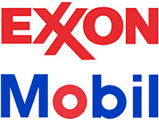






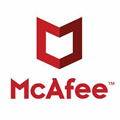
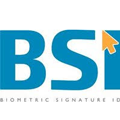

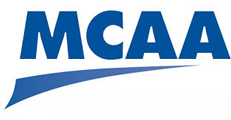
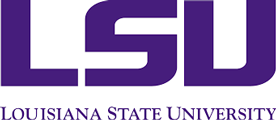





Leave a Reply
Want to join the discussion?Feel free to contribute!